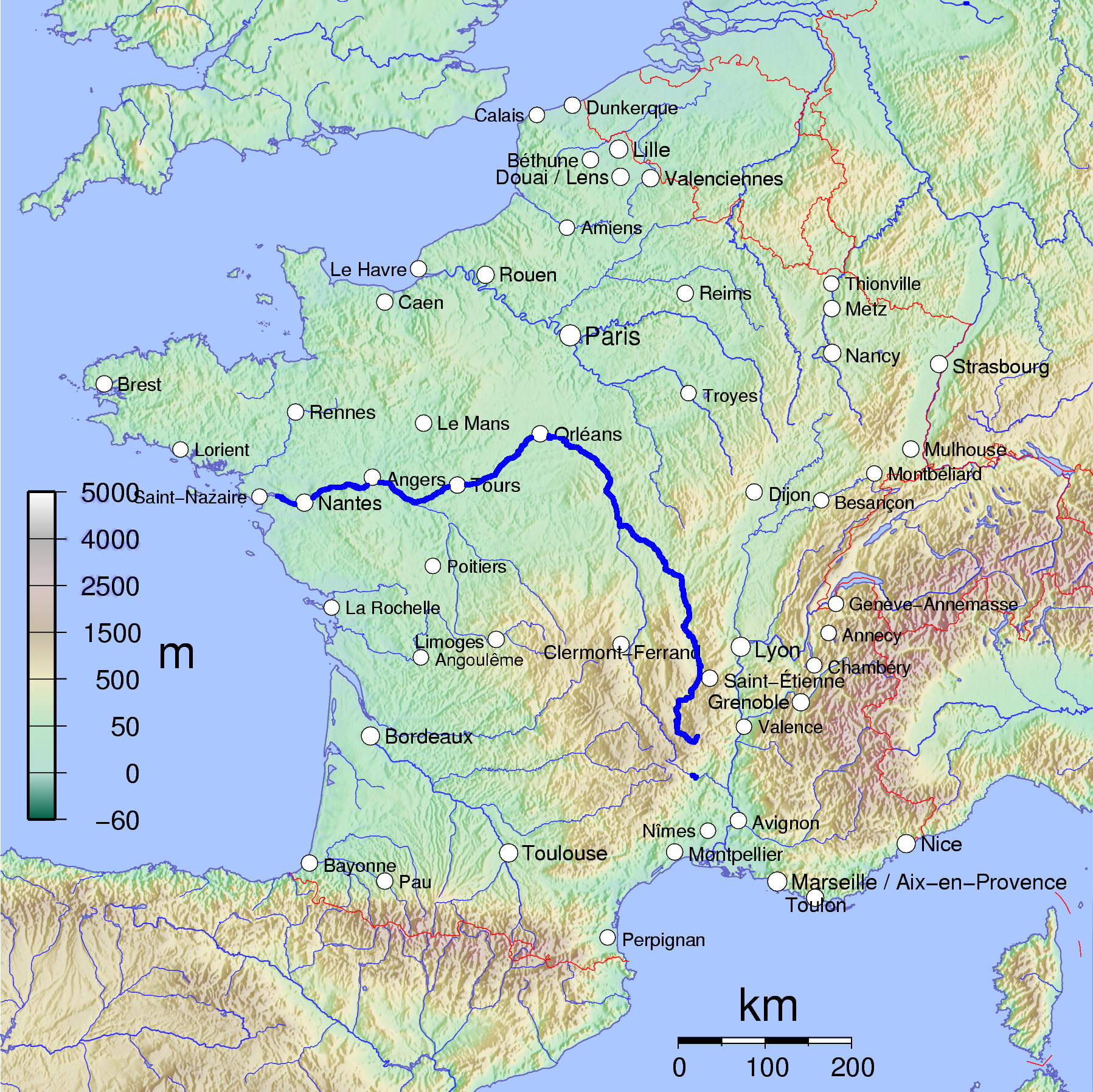I have the good fortune to do a fair number of sample
reviews in this space. After I finished my recent review of the wines from
Biltmore Estates, Lisa at Folsom & Associates and I got into a discussion
about grilling. She offered me the opportunity to sample a couple of Zinfandels
from Ravenswood and I accepted. (Shocking,
I know. I also received some Big House wines from them, but that’s for another
column.)
Cracking these wines brought us a little reminiscence.
Zinfandel was the grape that started us down the road towards the household’s
oenological addiction. About seven years ago, the Sweet Partner in Crime and I
took our first vacation to wine country -- Sonoma, specifically. We’d become
wine drinkers at this point, but our house wines were generally Meridian
Chardonnay and whatever Rosemount Garden Shiraz blend was on sale at the time.
 |
| This way lies madness...and tastiness! |
We made our way towards our B&B in Healdsburg – a pretty
cushy place called the Grape Leaf Inn. We got there in time for their “evening
wine tasting” in the building’s cellar. The cellar was designed as a
“speakeasy.” Seriously – the stairs down were hidden by a bookcase. (An
architectural feature that I’ve always wanted for The Cave, but it just isn’t
practical.) Anyway, we headed downstairs, bellied up to the bar, and our
tastress Amy poured us a couple of glasses of Dark Horse Zinfandel. I was
skeptical. All I knew about Zin at the time was the cotton-candy-in-a-glass. A
little swirl, a little sip…Boom.
This huge, fruity monster of deliciousness changed me
forever. I hadn’t encountered anything like it. Our normal Shiraz was a big,
fruity creation – but there wasn’t a lot of structure. This was alcoholic,
muscular, and in-your-face with dark fruit flavors, tannins, chocolate, and all
sorts of other yummies. It practically screamed, “THIS is why you have a
palate.”
 |
| The descent into oenological addiction. |
As Zinfandel’s popularity rose across the country, the
flavor profile of everyday Zins began to change, much as California Chardonnays
did with “oaky & buttery” at the turn of the millennium. Zinfandels were
big wines as it was – but it seemed like there was a race on between many of
the major producers to make the biggest, baddest, highest-alcohol juice
possible. I remember seeing Zins that were upwards of 17% alcohol. This change,
coupled with our exploration of wines with a little more subtlety, caused us to
drift away from Zin for a while. I was looking forward to sampling our old friend
Ravenswood to see if things might have mellowed out a bit. Besides, everyone
needs a big-ass wine from time to time, especially if that wine brings back
happy memories.
Ravenswood makes several levels of Zin. Their “Vintner’s
Blend” series comes from grapes from across California. They make “County”
wines from some of the major Zin-growing regions of the state, as well as some
single vineyard and limited release wines. We received two bottles – the Ravenswood 2010 Vintner’s Blend Old Vine
Zinfandel and the Ravenswood 2009 Lodi Zinfandel. The
Vintner’s blend retails for around $10. The Lodi around $13.
(One quick note about the term “Old Vine.” There's no real
guideline for what constitutes an actual "old" grapevine. The general
rule of thumb is "older than 45 years." Winemakers usually turn to
Potter Stewart for direction -- they know it when they taste it. Since there's
nothing cast in stone, the term can be applied somewhat loosely for marketing
reasons.)
On tasting, I was relieved to discover the fruit bomb-iness that
I’d come to associate with most California Zins had been dialed back a little
bit, apparently. Don’t get me wrong, these are both pretty beefy wines, but the
alcohol content is a much more manageable 13-15%. There’s a nice flavor
contrast between those two. The Vintner’s Blend seems designed more of a crowd-pleaser.
There are big cherry and blueberry scents and flavors, but the tannins are
relatively mild and the finish is lingering and somewhat soft initially.
The Lodi had a little more character.” It needed some
vigorous swirling, because straight from the bottle, it was very tannic and
tight. Once it opened, there’s distinct vanilla on the nose. The flavor has the
same backbone of dark fruit, but it’s spicier and adds plums. The tannins
gripped firmly and lingered much longer than the Vintner’s. We split on these.
I preferred the Lodi. The SPinC, the Vintner’s. In short, if more tannin is
your thing, go with the “County” wines.
With food, Zinfandel cries out for MEAT, and the classic
pairing is a slab of messy barbecue ribs. Alas, the SPinC and I are on a bit of
a diet, so ribs weren’t an option. We settled for a couple of nice spice-rubbed
steaks, some foil-pack beets from our garden, and some garlic-sauteed red
potatoes. Alongside the meal, the Vintner’s was better as general all-around
table wine. However, the Lodi was simply exceptional next to the beets and the
potatoes. It seemed like it played along in a more friendly fashion with the
beets’ sweetness. With chicken or ribs slathered in barbecue sauce or a sweet
rub, the Lodi would probably be a solid bet.



























